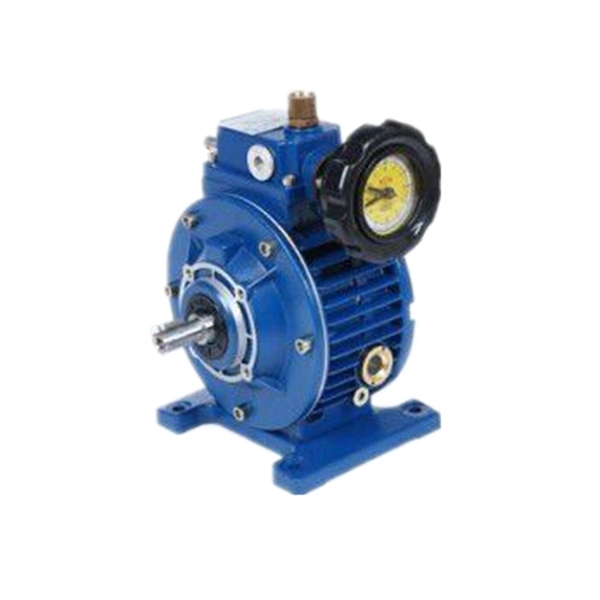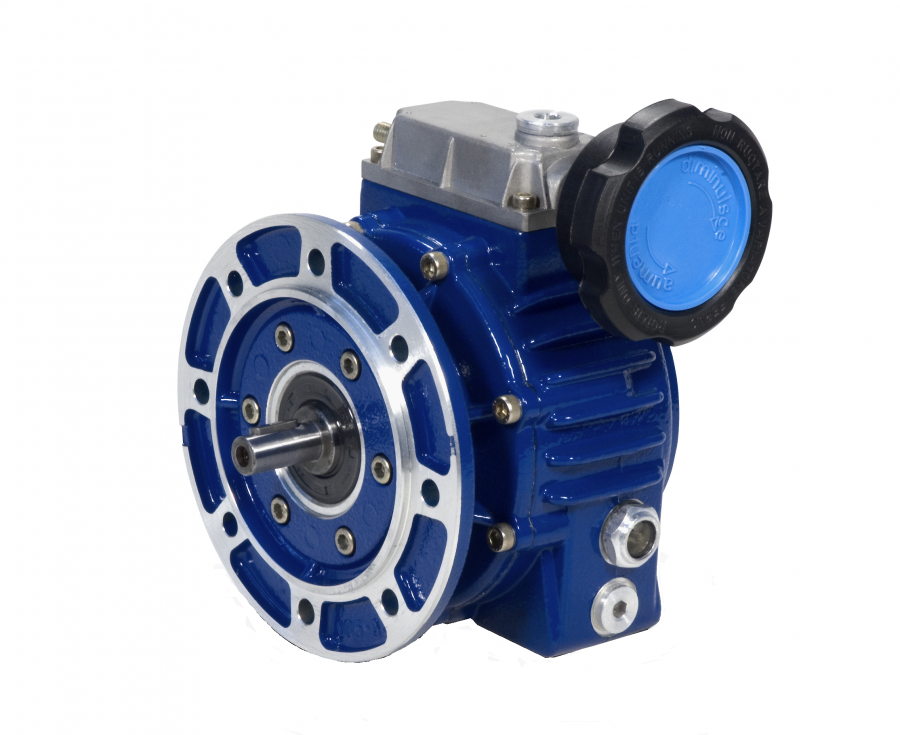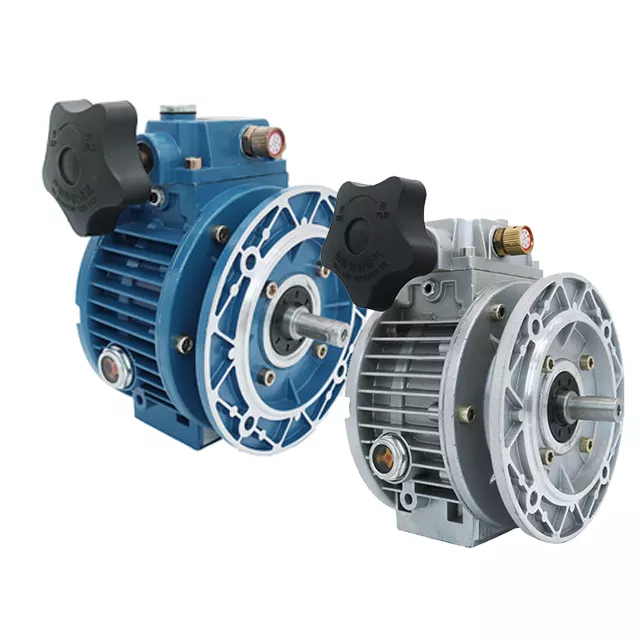Product Description
gearbox CHINAMFG CHINAMFG motor transmission agricultural reducer harmonic right angle marine diesel engine with gearbox variator sequential perahu kecil CHINAMFG
Application of gearbox
A gearbox, also known as a transmission, is a mechanical device that uses gears to transmit power from 1 rotating shaft to another. It is used in a variety of applications, including:
- Automotive: Automobiles use Gearboxes to transmit power from the engine to the wheels. They allow the driver to select different gear ratios, which changes the speed and torque of the wheels.
- Industrial: Gearboxes are used in a variety of industrial applications, such as conveyor belts, pumps, and fans. They allow the equipment to operate at the desired speed and torque.
- Construction: Gearboxes are used in construction equipment, such as excavators, cranes, and bulldozers. They allow the equipment to move heavy objects and perform other tasks.
- Agriculture: Gearboxes are used in agricultural equipment, such as tractors, combines, and harvesters. They allow the equipment to operate at the desired speed and torque.
- Marine: Gearboxes are used in marine applications, such as boats and ships. They allow the vessels to move at the desired speed and torque.
Gearboxes are a versatile and essential part of many machines. They allow the machines to operate at the desired speed and torque, which makes them more efficient and productive.
Here are some of the benefits of using a gearbox:
- Increased speed: A gearbox can increase the speed of the output shaft compared to the input shaft. This is useful for applications where high speeds are required, such as in automobiles and industrial equipment.
- Increased torque: A gearbox can increase the torque of the output shaft compared to the input shaft. This is useful for applications where high torque is required, such as in construction equipment and agricultural equipment.
- Reverse rotation: A gearbox can allow the output shaft to rotate in the opposite direction of the input shaft. This is useful for applications where reverse motion is required, such as in automobiles and boats.
- Differential gearing: A gearbox can use differential gearing to allow the output shafts to rotate at different speeds. This is useful for applications where the wheels need to rotate at different speeds, such as in automobiles and bicycles.
Gearboxes are a versatile and essential part of many machines. They allow the machines to operate at the desired speed and torque, which makes them more efficient and productive.
/* January 22, 2571 19:08:37 */!function(){function s(e,r){var a,o={};try{e&&e.split(“,”).forEach(function(e,t){e&&(a=e.match(/(.*?):(.*)$/))&&1
| Application: | Motor, Electric Cars, Motorcycle, Machinery, Marine, Toy, Agricultural Machinery, Car |
|---|---|
| Function: | Distribution Power, Clutch, Change Drive Torque, Change Drive Direction, Speed Changing, Speed Reduction, Speed Increase |
| Layout: | Three-Ring |
| Hardness: | Hardened Tooth Surface |
| Installation: | Torque Arm Type |
| Step: | Stepless |
| Samples: |
US$ 9999/Piece
1 Piece(Min.Order) | |
|---|

What maintenance practices are crucial for prolonging the lifespan of variator gearboxes?
Proper maintenance practices are essential for prolonging the lifespan of variator gearboxes and ensuring their optimal performance. By following these crucial maintenance practices, you can maximize the longevity of variator gearboxes:
- Regular Inspections: Conduct regular inspections of the variator gearbox to identify any signs of wear, damage, or abnormal conditions. Inspect the gearbox for leaks, unusual noises, vibrations, and any visible signs of damage or misalignment. Regular inspections help in detecting potential issues early on, allowing for timely maintenance and preventing further damage.
- Proper Lubrication: Ensure proper lubrication of the variator gearbox components. Lubricants reduce friction, wear, and heat generation, thereby extending the lifespan of the gearbox. Follow the manufacturer’s recommendations for lubricant type, quantity, and change intervals. Regularly check the lubricant levels and top-up or replace the lubricant as needed. Proper lubrication is crucial for smooth operation and preventing premature failures.
- Cleaning: Keep the variator gearbox clean and free from dirt, dust, and debris. Regularly clean the exterior of the gearbox using appropriate cleaning methods and materials. Avoid introducing contaminants into the gearbox during cleaning or maintenance procedures. Cleanliness helps in preventing abrasive particles from entering the gearbox and causing damage to the internal components.
- Torque and Tension Checks: Periodically check the torque and tension of fasteners, belts, or chains associated with the variator gearbox. Ensure that they are properly tightened and tensioned according to the manufacturer’s specifications. Loose fasteners or improper belt/chain tension can lead to excessive vibrations, misalignment, and premature wear of gearbox components.
- Alignment: Verify the alignment of the variator gearbox with the connected equipment or shafts. Misalignment can cause increased stress on the gearbox components, leading to accelerated wear and reduced lifespan. Use appropriate alignment tools and techniques to ensure proper alignment, minimizing excessive loads and improving the longevity of the gearbox.
- Temperature Monitoring: Monitor the temperature of the variator gearbox during operation. Excessive heat can indicate issues such as inadequate lubrication, overloading, or improper ventilation. Regularly check the temperature using temperature sensors or thermal imaging techniques. Address any temperature abnormalities promptly to prevent potential damage to the gearbox.
- Condition Monitoring: Implement condition monitoring techniques to assess the health of the variator gearbox. This can include vibration analysis, oil analysis, or other predictive maintenance methods. By monitoring key parameters, such as vibration levels or oil characteristics, potential issues can be detected early, and appropriate maintenance actions can be taken to prevent major failures.
- Training and Documentation: Ensure that maintenance personnel receive proper training on variator gearbox maintenance practices. Familiarize them with the specific procedures, safety guidelines, and recommended maintenance intervals provided by the gearbox manufacturer. Maintain detailed documentation of maintenance activities, including inspections, lubricant changes, repairs, and any abnormalities observed. This documentation helps in tracking maintenance history and identifying recurring issues.
- Manufacturer Guidelines: Always follow the maintenance guidelines provided by the variator gearbox manufacturer. These guidelines may include specific maintenance intervals, recommended spare parts, and detailed instructions for various maintenance tasks. Adhering to the manufacturer’s guidelines ensures that maintenance practices align with the gearbox’s design and specifications.
By implementing these crucial maintenance practices, you can significantly prolong the lifespan of variator gearboxes, minimize downtime, and optimize their performance throughout their operational life.

Can you provide real-world examples of products that use variator gearbox technology?
Variator gearbox technology is utilized in a wide range of products across various industries. Here are some real-world examples of products that incorporate variator gearboxes:
- Automotive Transmissions: Many modern automobiles use variator gearboxes, commonly known as continuously variable transmissions (CVTs). CVTs offer smooth and seamless gear ratio changes, allowing the engine to operate at the most efficient speed for improved fuel economy. They are found in vehicles from various manufacturers, including Nissan, Honda, Toyota, and Subaru.
- Industrial Machinery: Variator gearboxes are used in various industrial machinery applications. For example, in conveyor systems, variator gearboxes provide variable speed control to match the production requirements and optimize energy consumption. They are also employed in machine tools, printing presses, packaging equipment, and textile machinery.
- Fitness Equipment: Many fitness machines, such as treadmills, elliptical trainers, and stationary bikes, incorporate variator gearboxes. These gearboxes allow users to adjust the resistance level or simulate different terrains by changing the gear ratio. Users can customize the intensity of their workouts while the equipment operates efficiently.
- Agricultural Machinery: Variator gearboxes are used in agricultural equipment to provide adjustable speed control. Examples include combine harvesters, seeders, sprayers, and irrigation systems. The ability to vary the speed allows farmers to optimize machine performance based on specific field conditions and crop requirements.
- Construction Equipment: Construction machinery often utilizes variator gearboxes to provide variable speed and torque control. Equipment such as excavators, loaders, and cranes benefit from the flexibility offered by variator gearboxes, allowing operators to adapt to different tasks and work conditions efficiently.
- Power Tools: Variator gearboxes are employed in power tools like drills, sanders, and grinders. These gearboxes enable users to adjust the rotational speed to match the material being worked on, optimizing performance and minimizing power consumption.
- Elevators and Lifts: Variator gearboxes are utilized in elevator and lift systems to provide smooth and controlled vertical movement. The gearboxes allow for variable speed operation, ensuring passenger comfort and energy-efficient operation.
These examples represent just a few applications where variator gearboxes are commonly used. The versatility and benefits of variator gearboxes make them a popular choice in industries that require variable speed control, energy efficiency, and optimized power transmission.

How do variator gearboxes handle variations in speed and torque requirements?
Variator gearboxes are designed to handle variations in speed and torque requirements by providing adjustable speed control and flexible torque transmission. Here’s how they accomplish this:
Variator gearboxes handle variations in speed requirements through their unique design and operating principles. They offer continuously adjustable speed control, allowing for stepless variation within a certain range. This is achieved by employing mechanisms that can change the effective gear ratio between the input and output shafts. As the gear ratio is altered, the output speed of the gearbox changes accordingly.
One common method used by variator gearboxes is the manipulation of pulley or cone sizes. For example, in belt-and-pulley variators, the effective diameter of the pulleys can be adjusted by changing their position. This variation in pulley diameter modifies the speed ratio between the input and output, resulting in different output speeds. Similarly, in cone variators, the conical elements change their effective radius as they move closer or farther apart, enabling speed adjustment.
Additionally, variator gearboxes handle variations in torque requirements by providing flexible torque transmission capabilities. They can transmit high torque while maintaining efficiency, ensuring that the necessary power is delivered to the driven system. The specific torque handling capabilities depend on the design and construction of the variator gearbox.
Some variator gearboxes, such as cone variators, are known for their high torque capacity. The conical elements in these gearboxes can withstand substantial torque loads, making them suitable for applications that require robust torque transmission. Other types of variator gearboxes, such as disc variators or hydrostatic variators, are also designed to handle significant torque requirements efficiently.
Furthermore, variator gearboxes can be equipped with additional features to enhance torque transmission. For instance, certain variator gearboxes incorporate mechanisms like friction drives or hydraulic systems that can further optimize torque delivery and handling.
In summary, variator gearboxes handle variations in speed and torque requirements by providing continuously adjustable speed control and flexible torque transmission. Through the manipulation of pulley or cone sizes, variator gearboxes can adjust the effective gear ratio and achieve the desired output speed. Additionally, their design and construction allow them to transmit high torque efficiently, ensuring that the required power is delivered to the driven system. These capabilities make variator gearboxes versatile and adaptable in various applications where speed and torque variations are encountered.


editor by CX 2024-04-03
